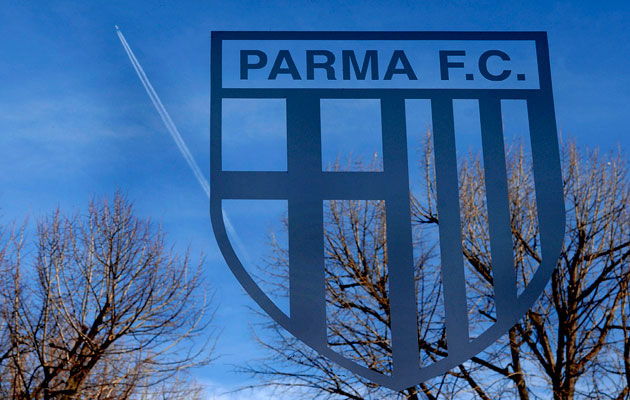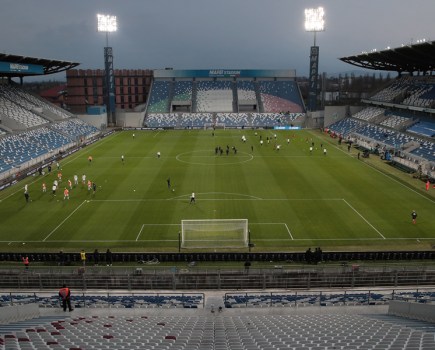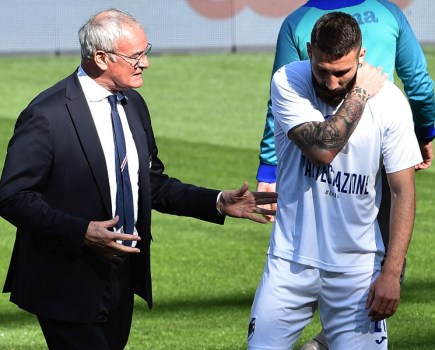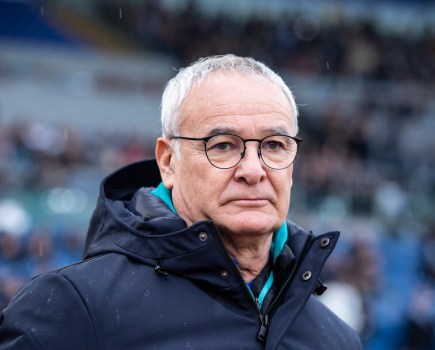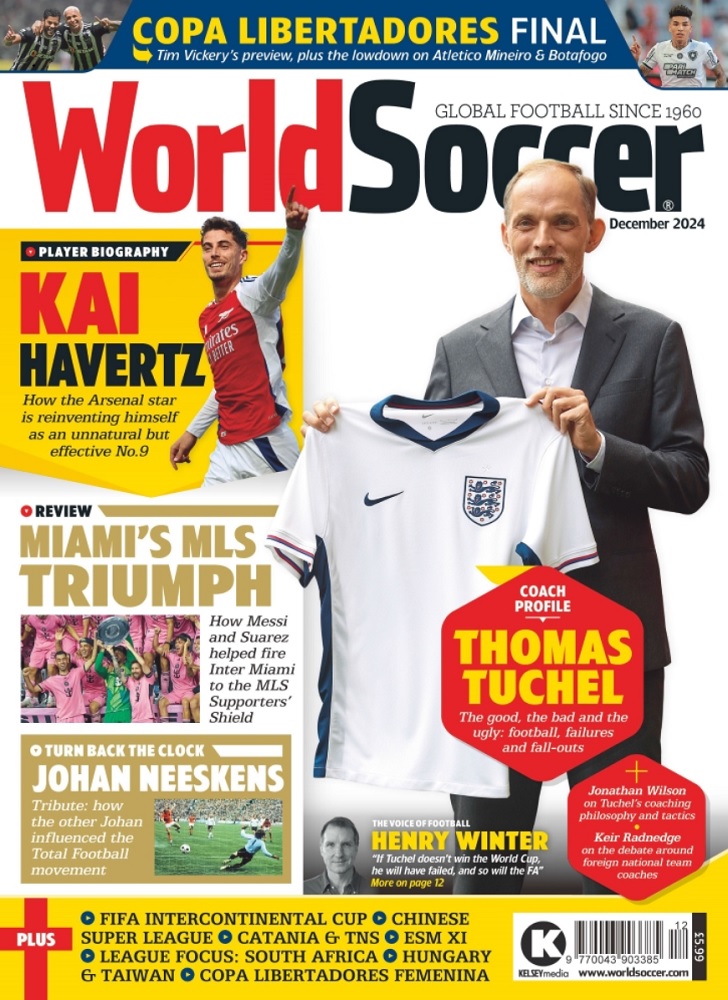Much as expected, there was no White Knight in shining armour to come riding over the hill and save one time UEFA Cup winners, Parma, this week. On Monday, the once glorious Parma, who last month were relegated to Serie B after an impossibly difficult Serie A season, came up before a receiver’s deadline.
Declared bankrupt back in March with debts of approximately €220 million euro, Parma’s last remaining chance of staying in the professional ranks of Italian football rested on the unlikely possibility that some group, consortium or individual might step up to the plate and buy the club on Monday. Even if the receivers have been able to reduce the club debt to €22.6 million euro, not surprisingly there were still no takers.
This means that Parma will now drop out of professional football, perhaps starting life again from the amateur ranks of Serie D (Italian 5th Division)…if and when the club name can be recycled. Even this latter possibility is far from clear.
We have said it before but Parma’s ongoing crisis starts a long way back. That came in 2003 when the club’s then owners, dairy multinational Parmalat, collapsed in a spectacular €14 billion euro crash. Deprived of the backing of a company which in 2002 was valued at €3.7 billion euro and which employed 30,000 people in 30 countries, Parma were soon on a slippery downwards slope.
In much more recent times, an alarm bell rang loud and clear last summer when UEFA refused to allow Parma play in this season’s Europa League (they had finished sixth in Serie A last season) essentially because of unpaid taxes. Torino stepped into to replace them in the tournament.
Since then, things have gone from bad to worse. This has been a season when the club has twice changed hands, allegedly for the price of just one euro, and when it has had five different Presidents. First Tommaso Ghirardi sold it last December to a little known Russian-Cypriot consortium headed by Albanian tycoon Rezart Taci. Then in February, after just two months, that consortium in turn sold on the club to the even less well known, Slovenia-linked businessman, Giampietro Manenti.
He talked about respecting tax and salary deadlines but failed to come up with any serious funds. In the meantime, the club was having difficulty paying electricity and gas bills, baliffs were arriving at the training grounds to seize office goods and vehicles whilst by early February, the players had received no pay since July 2014.
In the end, Mr. Manenti was arrested in Brescia on March 18th on charges of alleged involvement in credit card fraud and money recycling. Next day, a Parma court hearing declared the club to be bankrupt. It was only thanks to emergency funding of €5 million euro from the Lega Serie A and the Federation that Parma were able to play on to the end of the season, even honouring its Serie A comitments by beating the Old Lady Juventus herself, 1-0, in a mid-April league tie before being relegated.
It had been hoped that two consortia, one headed by Parma businessman Giuseppe Corrado and the other by the US baseball player Mike Piazza, might still come up with a bid for the club this week. Parma observers suggest, however, that both groups were put off not so much by the €22.6 million euro of club debts as by the unknown financial liabilities linked to the contracts of more than 100 players, reportedly bought and sold on by Parma in recent seasons.
One aspect of the Parma debacle that surely raises some serious questions concerns the Federaton’s management of the whole problem. The Federation’s financial regulatory authority, Covisoc, carried out inspections of the club’s books in April, September and December of last year when it was already clear that all was not in order. Furthermore, it was the Federation itself which last June had ruled Parma out of the Europa League, essentially because of an upaid tax bill.
Yet, the Federation was finally prodded into action only in February of this year when it became clear that the club had again failed to pay players’s wages and, more dramatically, when it failed to play two consecutive league games against Udinese and Genoa. Faced with the very real threat that Parma’s financial crisis might mean that it would not be able to see out the remainder of the season, the Lega Serie A and the Federation finally moved into action.
As of now, the future of Parma is far from clear. On Monday, the receivers issued a statement in which they stated that that they had received no acquisition offers, adding that they will now meet with Creditors and the Bankruptcy court judge in order to “make the necessary arrangement regarding the bankruptcy proceedings of the company”
.
Will the club be able to start off again from amateur ranks? If so, under what name and management? Are we looking at a sad end to the 102 year long history of a club for which some very famous names – Buffon, Cannavaro, Chiesa, Crespo, Sensini, Thuram, Veron, Zola, to name but the first that come to mind – once strutted their stuff.
In the meantime, too, a row is guaranteed as the Federation has to now find a replacement for Parma in Serie B. Brescia, Virtus Entella, Varese, Cittadella and Bassano will all probably argue that they deserve the sport. However, that is for another day. As for Parma, one can only conclude that this was not a good day for Italian football.

